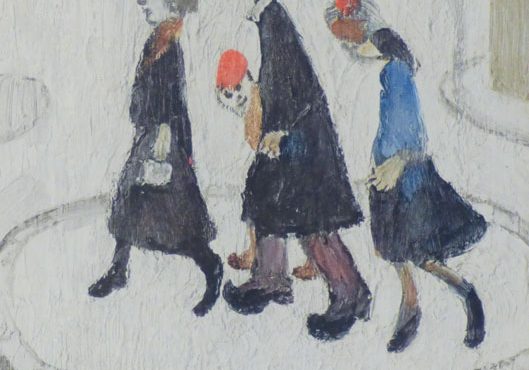
In the Eye of the Beholder
by Northern Life

Known for regular appearances on Flog It!, Bargain Hunt, Dickinson’s Real Deal and Cash In the Attic, and one of the UK’s finest antique experts and auctioneers – Adam Partridge takes a look at the fascinating and diverse world of Decorative Arts.
Decorative Arts is a term we use in the auction world to describe an item that has an appeal because of its beauty as well as something that has an element of scarcity. Many things look decorative, but for it to be a piece of art that we would use as a feature in our homes, there has to be a reason as to why it is that little bit special. We have to remember we all have our own tastes, so that what one person absolutely loves, someone else may not.
Most people take their inspiration from articles in popular magazines like Northern Life, which have sections about the latest trending interior pieces, but what if you want something with some age and that has a particular style, looks fresh and has an element of rarity? Well, I have found four items from our September Liverpool Auction of Decorative Arts to show the diversity of what’s out there in the auction world.
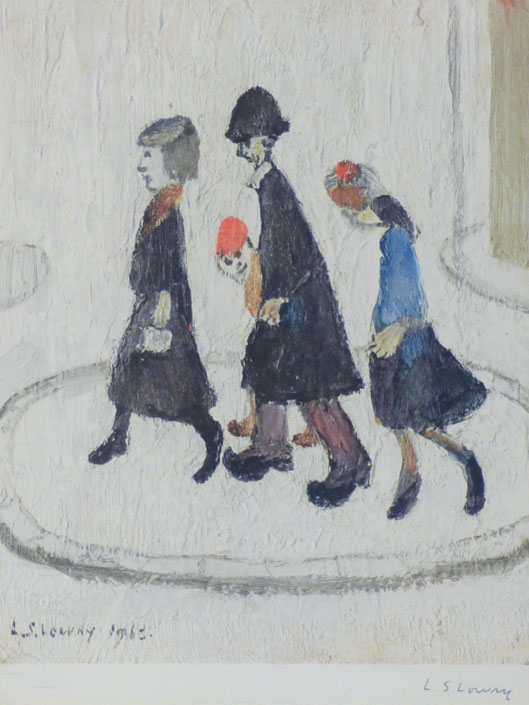
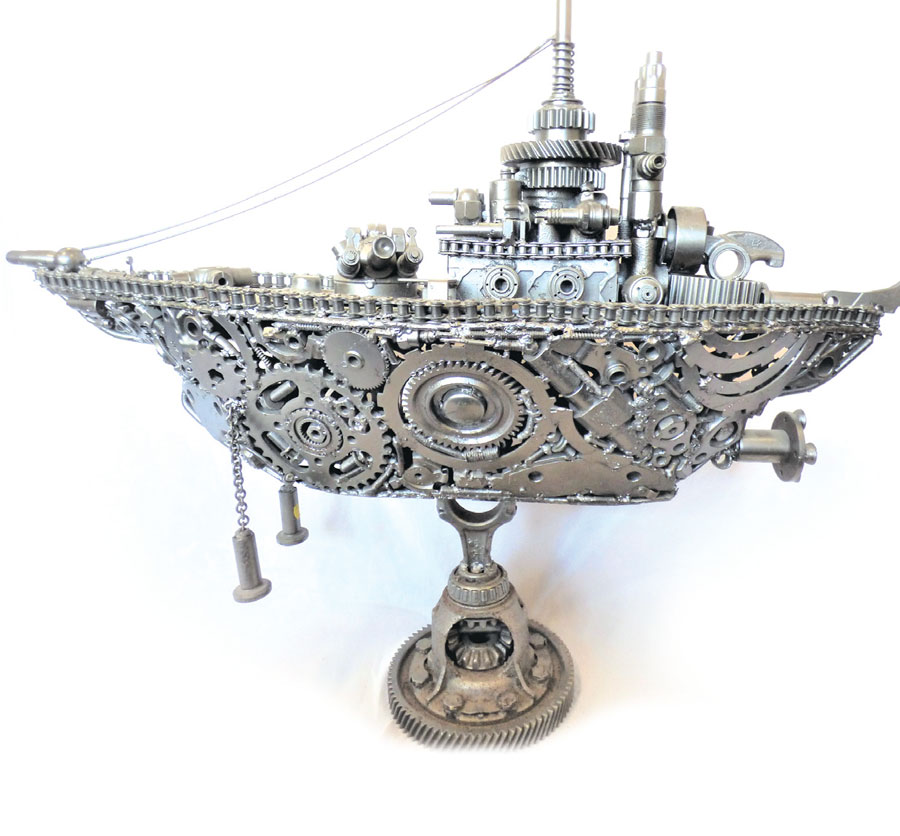
from engine parts
Ask people to name a northern artist and most would say Lowry, with his northern towns and matchstick men scenes. People associate Lowry prints and anything to do with Lowry to be very expensive, however this print, which is titled ‘The Family’, is only small in comparison to his typical larger pieces, making it perfect to complement any setting. We estimate this piece between £800 to £1,200 – ideal for most budgets.
Carnival Glass was typically made during the Depression in the early 20th century, it was easily made by forcing molten glass into a mould, it’s known for its iridescent appearance and limitless moulded decoration. Carnival Glass is now cheap to buy, between £5 and £10, or a box full for £30 or £40, however, there are some rare examples like this glass bowl decorated with ‘A Farmyard Scene’ made by the Dugan Glass Company, Indiana, Pennsylvania. The factory was only producing wares between 1905-1913. They only made a few examples, with one particular rare one, which is this one, that was given to the seller, who brought it to Steven at our Preston office for a free valuation and was surprised when an estimate of £800-£1,000 was given.
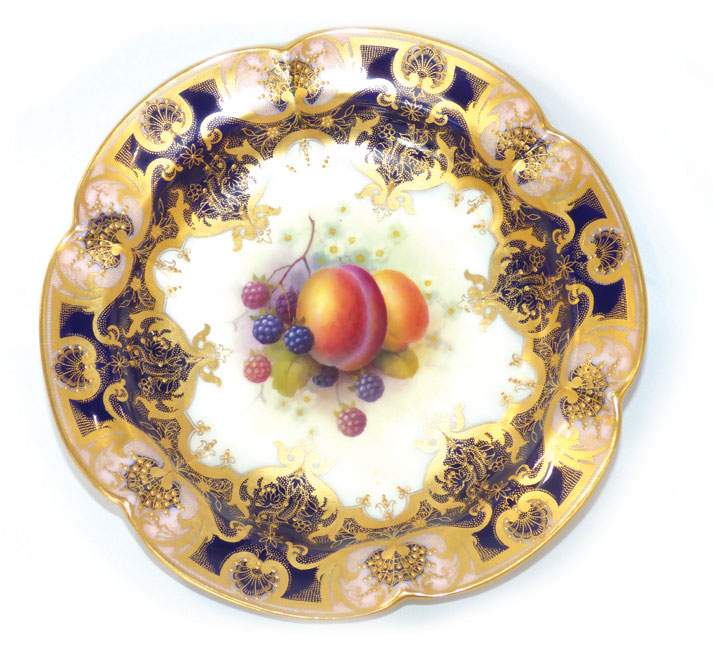
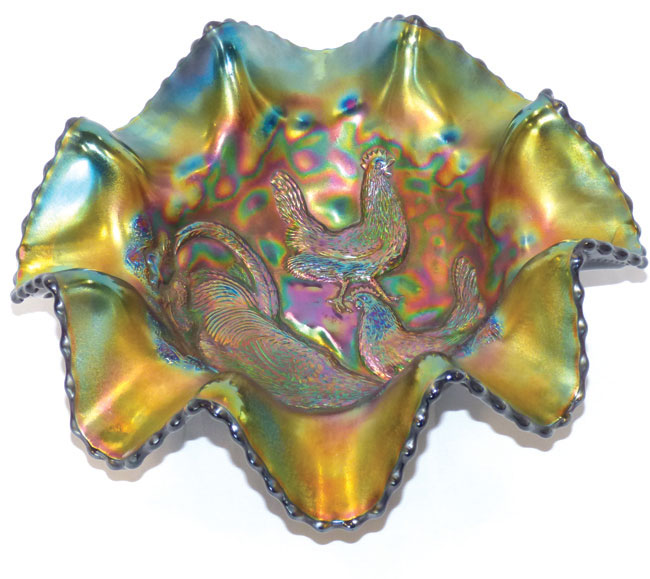
In the ‘Golden Years’ of Royal Worcester production 1890-1920, the factory employed artisan decorators for their porcelain production, these people would have their own studios, there to protect their own formulas of paint and their styles of decoration. The colours that were painted on were different when they went on to the end result, so the painter had to have a great skill and to know their craft. Each item can be painted with up to five layers of paint to get the realistic effect and result. These are usually hung or displayed, because some of the complicated designs can be a work of art in their own right.
And now for something completely different, this is a sculptor made large metal model of a naval gun ship, what is different about this is that it has been made by a sculptor who was based on the docks of Liverpool and was created out of motorbike engine parts, it is raised on a bearing shaft and gear wheel, it doesn’t have to be pretty to float your boat just something that is decorative and has an element of scarcity. We have placed an estimate of £200 – £300.
If you have something you would like a free valuation on, please contact the senior valuer based at the Catterall office on 01772 347 380 or email steven@adampartidge.co.uk.




